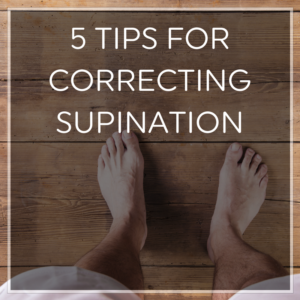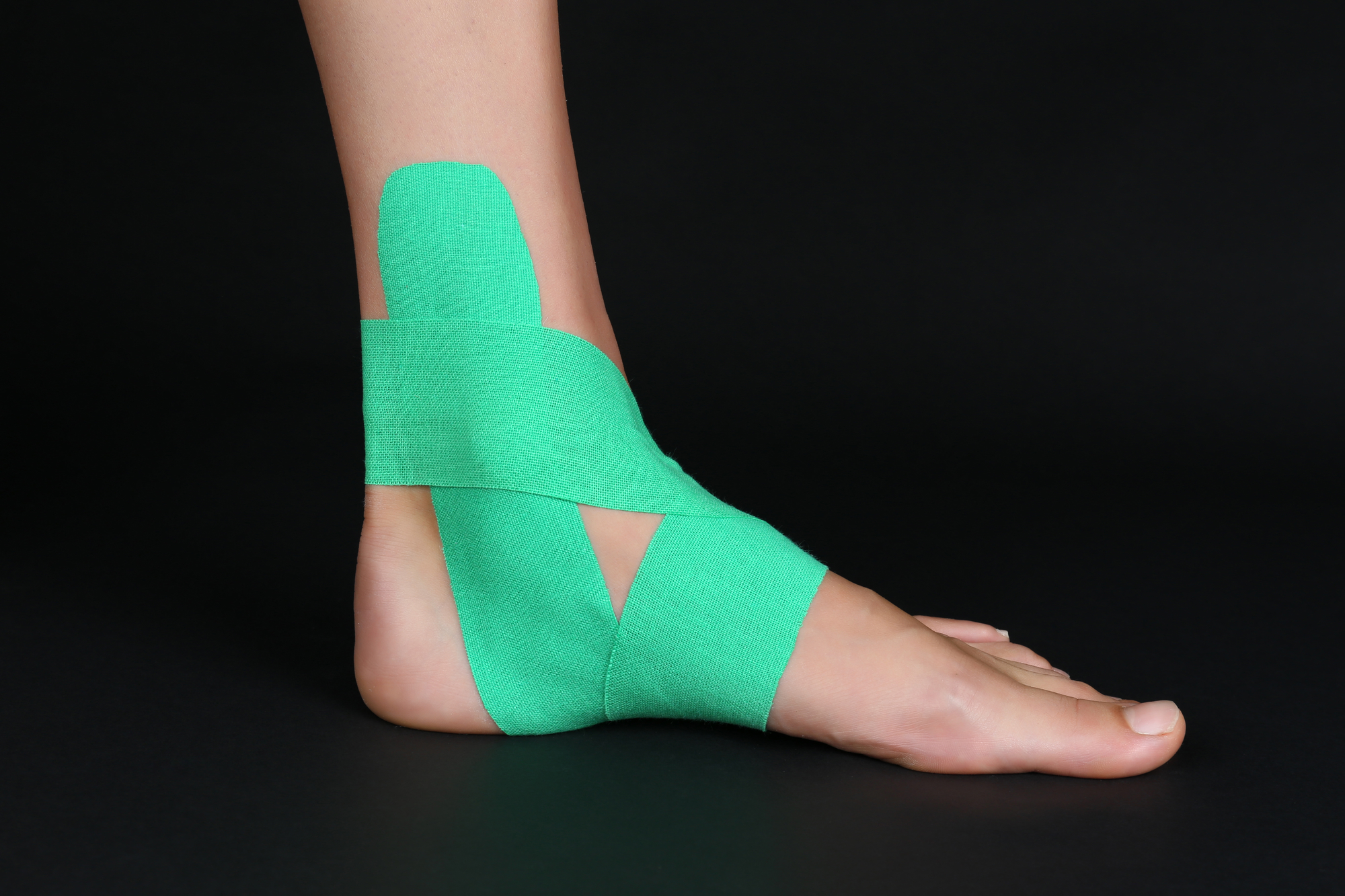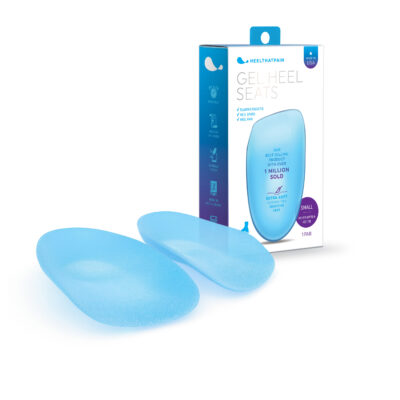 Supination, also known as underpronation, is the name for the movement that occurs when your foot rolls outward at the ankle while you walk or exercise. Some supination is completely normal.
Supination, also known as underpronation, is the name for the movement that occurs when your foot rolls outward at the ankle while you walk or exercise. Some supination is completely normal.
However, excessive supination should be corrected and addressed, since it can lead to pain, injury and tissue damage. Individuals with high arches are particularly susceptible to supination.
If you underpronate while you walk, you may notice arch pain, heel pain, and even back and knee pain because of the additional stress this abnormal gait places on the body.
Over time, supination can also result in plantar fasciitis, bunions, heel spurs, sprained ankles, stress fractures, and tendonitis.
Wear the Right Shoes, and Add Ankle Supports

Shoes play an important role in correcting supination by keeping the foot properly aligned and supported in the heel, arch, and ankle areas while you walk or run. Proper footwear is especially important during high-impact activities like jogging, sports, or exercise routines, since high levels of force absorbed by the foot will also exacerbate supination.
Shoes should be comfortable, closely fit the contours of your feet without being excessively tight, and be the correct side in length, width, and depth. Shoes should have thick, flexible soles with plenty of tread, and a layer of cushioning throughout to help absorb impact. Keep in mind that feet may continue to grow over the course of a lifetime, so don’t assume that your shoe size 10 years ago is still your shoe size! You’ll also want to do your shoe shopping at the end of the day, when your feet are most likely to be slightly swollen.
Under-pronators may also want to consider high-tops, which extend over the ankle, ankle supports, or KT tape to provide extra support.
Stretch Your Tendons and Ligaments
Supination or underpronation is very common in people who have tight Achilles tendons. Why? A tight Achilles tendon restricts proper range of motion in the ankle and foot, which can lead to gait problems. Stretching not just your Achilles tendon but your calves, hamstrings, quads, and thighs, will result in stronger, more flexible muscles, tendons, and ligaments that work together for a healthy gait.
Think of your feet, legs, and ankles like an ecosystem: When one part is injured, tight, or underutilized, the entire system suffers! By staying diligent about stretching and strengthening all these muscles, tendons, and ligaments before and after exercise, as well as during the week periodically, it’s possible to correct and improve a problematic gait.
Correct Your Gait with Orthotic Inserts
Orthotic inserts like clinically-proven Heel Seats can be a very effective tool in correcting supination with the added benefit of relieving heel pain caused by plantar fasciitis and heel spurs that may have developed as a result of supination.
Orthotic inserts can be swapped in and out of almost any pair of shoes and add another level of structural support and cushioning missing from many running shoes. And orthotics like Heel Seats, which incorporate Fascia Bar Technology, help the foot properly distribute impact, stretch the plantar fascia, and raise the arch to an optimal height. Since many individuals with have unusually high arches, it’s especially important to hit this optimal height while moving and exercising.
Rest Those Feet

Like many foot problems, overuse and repetitive stress are big risk-factors. Overuse can cause micro-injuries, strain, and inflammation in the different tissues of the foot and legs. And that strain encourages the body to overcompensate by adjusting the gait, to favor the injured or overused area. These adjustments may favor the injured area–while creating a problematic gait like supination.
To help correct supination stemming from overuse, be diligent about resting your feet between high-impact activities like basketball, soccer, jogging, and crossfit. Avoid back-to-back high-impact activities, and give your feet time to recover. It’s also important to ramp up slowly when starting a new exercise routine or activity, to give your feet time to adjust.
Warm Up and Cool Down Properly
One of the simplest and most effective way to correct the problem of supination is to make sure you’re warming up and cooling down properly before and after exercising. It’s easy to forget, and it can feel like an inconvenience, but these steps help tissues in the feet and legs get ready to work, stretch, and properly bear impact.
If you suspect that you might supinate or underpronate while you walk or move, you may want to have your gait tested at a running shop or sporting goods store. Many offer this valuable service for free!
Correcting excessive supination is, in most cases, a simple matter of diligence in proper footwear, warmup and cooldown, stretching, and support. However, don’t let the simplicity of these fixes fool you; left uncorrected, excessive supination can and does lead to injury and significant strain to the feet and surrounding tissues. A balanced gait is key to staying active and healthy!




I am very interested in this as I have been suffering with planta fasciitis
I have plantar fasciitis and heel spurs and am looking for shoes to help.
HOKA makes fantastic shoes for people with foot issues. The Orthopedic Surgeon instructed my husband to purchase them prior to his foot surgery. While they are on the pricey side, they are worth every penny. Brooks is also a great brand. Both make great shoes for people who care about their foot health.
I have excessive heel pain from tight calf muscles but I also feel tightness in my lumbar and psoas muscles all on my left side. When I stretch my calf it feel like a dagger sticking in my foot between the heel and my arch on the inside of my foot. what can I do? I have tried therapeutic massage, stretching, and Chiropractic. it has improved but when I walk over a mile the heel pain is back.